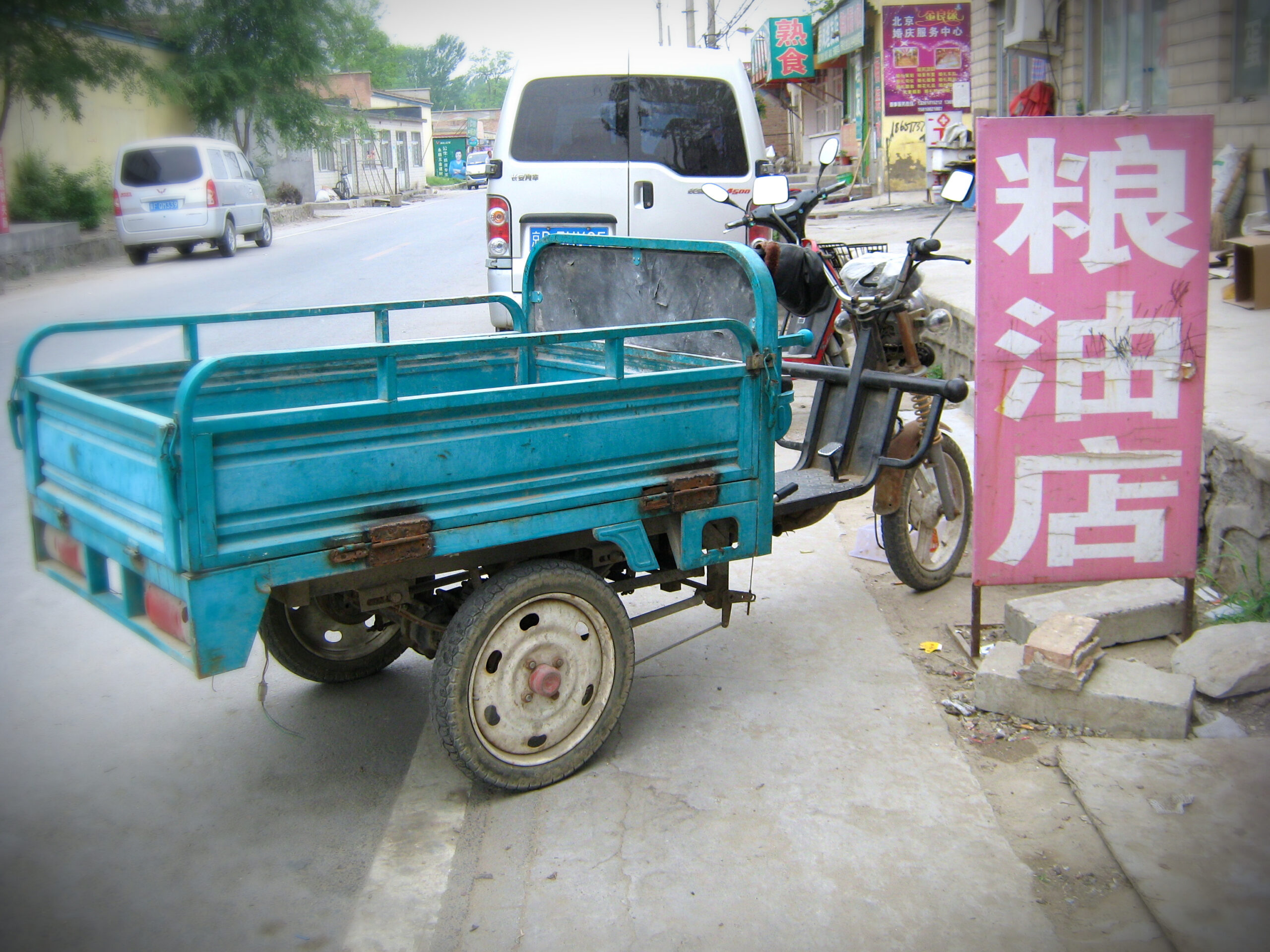
What’s in My Pack: Day Hiking Essentials
Certain things make people feel invincible — a power suit, a fresh haircut or a great pair of shoes.
For me, it’s my backpack. Because it contains day hiking essentials that will not only keep me comfortable, but also keep me alive in case of an emergency.
I was lucky to learn in the not very hard way to always be prepared. Because the sun may be shining, and you may only intend to hike for a few hours, but the weather could change, you could fall and break your leg, and you could put yourself at risk as well rescuers.

So whenever I head out on a hike, I grab my pack. I always keep it stocked with day hiking essentials, so I don’t really have to think. At the beginning and end of each season, I check the expiration dates on snacks and first-aid supplies. And before each hike I grab some extra snacks, restock my potty pack (more on that below) and fill a couple of water bottles. (It’s dry in Colorado, so I drink a *lot* of water.)
As long as this list may seem, the total weight (including my pack but excluding water) is just seven pounds. As often as I hike solo, I’ve never been nervous. Knowing I have these day hiking essentials alleviates a ton of worry. Instead, I’m like Pavlov’s dog when I pull my pack off of the shelf — super stoked about the hike ahead.

Day Hiking Essentials
- bear spray (works for aggressive animals and people; it’s handy in an outside pocket)
- toilet paper in plastic baggies and hand sanitizer (I usually have to go potty at least once outside, and it’s not right to leave used toilet paper outside.)
- a whistle
- nuts
- Kind bars
- a built-in refillable water bladder
- water purification tablets
- a spare charging cord for my phone
- a backup power bank
- a satellite phone
- a solar charger
- sunglasses
- sunscreen
- lip balm with sunscreen
- a pack of tissues
- a face mask (porta-potties are always gross)
- a CORSAR card (a $12 donation that reimburses county sheriffs and search and rescue teams for actual expenses they may have during a mission and helps to pay for equipment and training for Colorado’s search and rescue teams)
- a day’s worth of prescription medications
- eye drops
- gauze pads
- bandages
- alcohol prep pads
- sting relief pads
- antiseptic pads
- blister care
- insect repellant
- a bottle opener
- a head lamp
- a mini flashlight
- duct tape
- a booklet with my emergency information plus first-aid tips, animal tracks and blank paper for writing
- a pen
- a photocopy of my driver’s license
- a multi-tool
- a pocket knife
- a lighter
- waterproof matches
- baby wipes
- an emergency bivvy
- a stainless steel cup/mini-pot with collapsible handle
- a rain suit
- spare wool hiking socks
- a buff
- gloves (I like the touch-tip kind so that I can take photos and keep my hands warm)
- I also grab a paper map at the trailhead (and download an offline satellite map of my route on the All-Trails Pro app)
My day pack has well-padded straps and a padded back that make it way more comfortable (and probably no more heavy) than any purse I carry. I probably won’t need anything for most hikes beyond the sunscreen, water, snacks and potty packs. But heading out with day hiking essentials is little effort, and well worth any precious time that it buys me in an emergency.

The views expressed on this website represent the opinions of the authors; we encourage you to form your own opinions and confirm any facts.
This post likely contains affiliate links. If you shop or make a reservation through these links, we may make a small commission (for which we are very grateful!) at no extra cost to you. Not all links are affiliates, and we only suggest products and places that we have experienced.



